KidsBuild! returns to the BSA

This year's two-day building extravaganza marked the program's 30th anniversary and the first in-person KidsBuild! since 2019.
On typical days, 290 Congress Street, the mixed-use building in downtown Boston that houses the Boston Society for Architecture (BSA), is fairly quiet. Office workers move through the space, others stop by the Smith & Wollensky restaurant downstairs, and visitors browse the BSA gallery.
But on the weekend of April 9 this year, the normally-serene lobby of the building was overrun with noise and covered with piles of recycled materials as it transformed into the site of multiple colorful construction projects.
No need to worry—all the chaos was organized. This year marked the in-person return of KidsBuild!, an annual BSA event that encourages young children to engage with design by participating in a hands-on process that involves constructing a building of their choice on a fictional city grid.
In 2021, the KidsBuild! @Home Showcase designed a way for children to build structures out of materials at home and submit photos that were showcased on the BSA’s website. But a critical element of the event is the collaborative aspect, which made the in-person event a welcome return to form for participants, volunteers, and staff.
“It’s the first time in three years that we’ve been able to be together,” said Polly Carpenter FAIA, Director of Public Programs at the BSA. “I think some of the magic of KidsBuild! is the scale and the fact that there’s so many people coming together with the same goal—they’re working together on this collective project.”

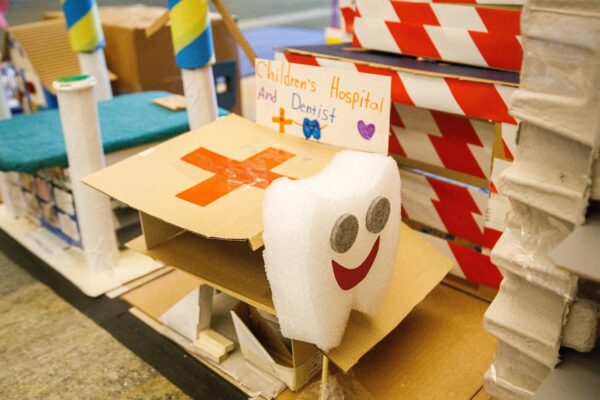
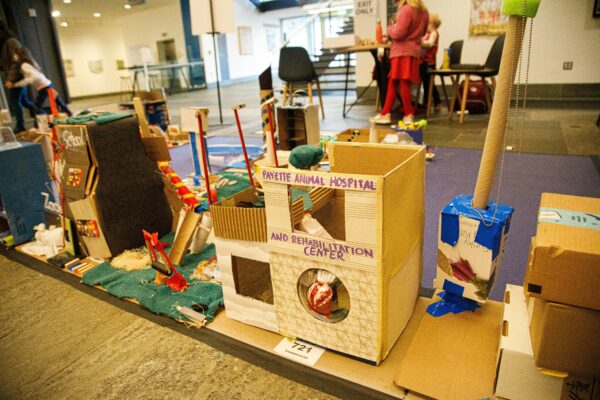
Carpenter leads the KidsBuild! program each year. She participated in her first KidsBuild! as a volunteer in 2000. Now, 22 years later, KidsBuild! is celebrating a milestone anniversary, and children are just as passionate about the structures they build and the materials they have the opportunity to work with.
“The magic is also there when kids are working with professionals and, you know, people who are in the field, sharing what they do with students,” Carpenter added. “They’re not watching a YouTube video about a profession, but actually talking to somebody about what they do.”
This year was Zenobia Houston’s first time volunteering, and she was inspired by interacting with the young designers.
“My favorite part of volunteering was helping families pick out their zones and hearing all the creative ideas for what the young participants would build at the beginning of the event,” Houston said. “I loved that there were just enough regulations, like high-rise zones and waterfront property, to allow the participants to be challenged while also leaving so much space for creativity.”
She also enjoyed introducing children to aspects of the design profession that might have otherwise remained unknown to the participants.
“I loved explaining words like “variance” which were permits to build structures slightly outside of the zoning regulations,” Houston added.
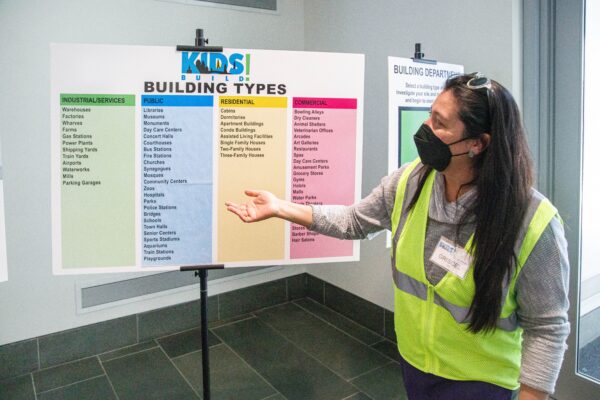
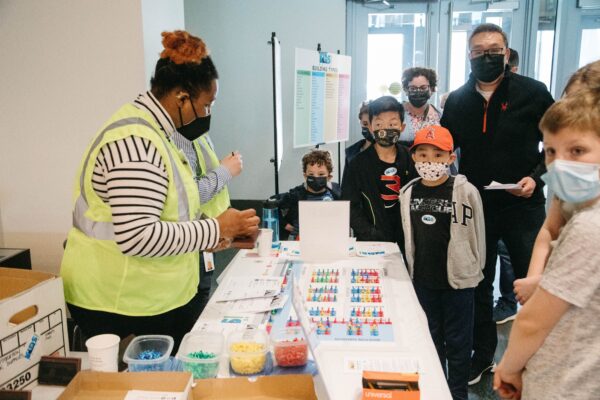
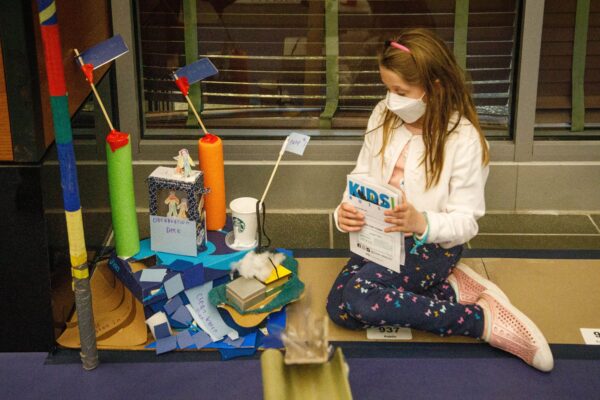
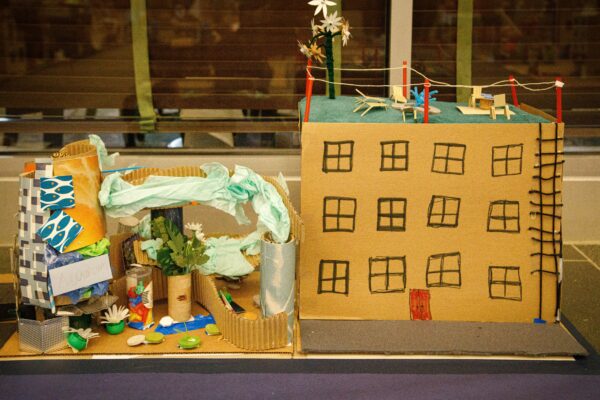
Planning the KidsBuild! event takes a lot of love, time, and effort from volunteers.
“We try to incorporate something new each year and think about ways that we can do better or create a better experience for the groups that participate,” said Julie Hartunian, co-chair of the KidsBuild! Planning Committee.
Putting thought into small tweaks, like acquiring construction vests for volunteers, translating the workbook into multiple languages, and adding a “Green Building Challenge” has helped to create a more exciting and engaging experience each year.
“I think the fact that it's a fun, free, family event that really puts the kids in charge of the creativity is what keeps families coming back,” said Hartunian. “And it's a focused time for kids to work with their siblings, friends, and caregivers to contribute to something that they will complete together.”
This year, KidsBuild! City was even visited by a reporter from WBZ News Radio.
It’s clear that the community’s passion for KidsBuild! hasn’t yet run out, and the ongoing pandemic has only strengthened it. This year’s projects included creative and innovative designs for waterparks and schools, showing that even while stuck at home, children haven’t stopped thinking critically about their environments.
“Because we’ve been staring at our computers for two years, just getting sticky with glue sticks and tape, and ripping things and cutting things and sticking things together—experimenting with hands-on materials—was really satisfying for a lot of kids and families,” said Carpenter.
KidsBuild! doesn’t work without volunteers! Learn more about the event and how you can participate next year.

